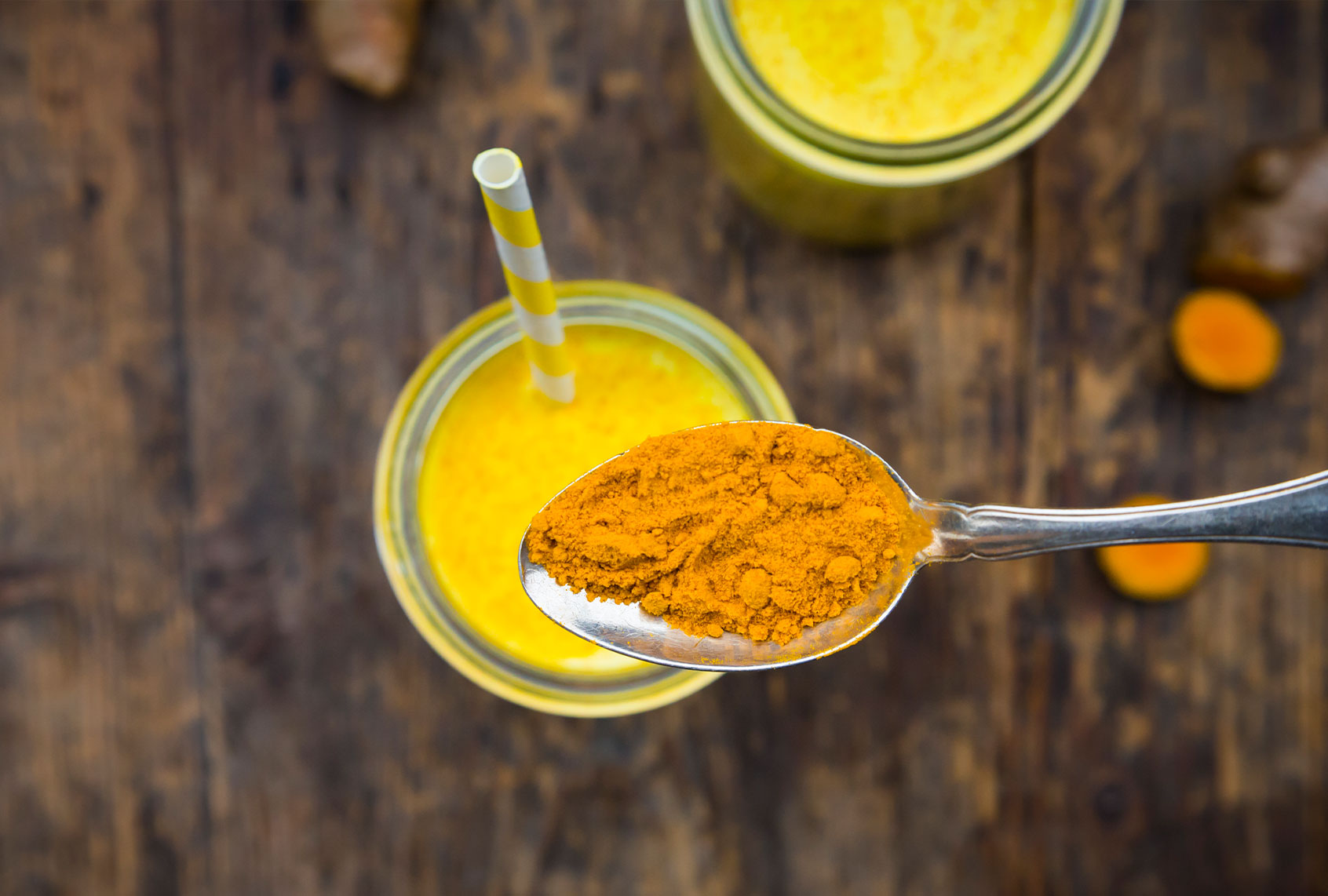At FoodPrint, we are always encouraging you to make the most of your food, finding creative ways to eat your food scraps. But their uses don’t stop at food. Here we highlight some great foodstuffs that you can use to make a wide range of natural dyes and paints. Some are natural dyes that can be incorporated into edible delights as natural food coloring, enhancing your culinary clout. But there are also dye, paint and chalk recipes that are geared toward beautifying the things around us, like home decor and textiles.
Food Scraps Can Impart a Spectrum of Color
Natural dyes have been part of the human experience for centuries and there are all sorts of colors that can be extracted from commonly-used food scraps, including onion skins (which make a pretty golden orange hue) to lemon peels (pale yellow) and spinach (pale green), while some scraps yield more unexpected colors. Can you guess what color dye can be made from avocado skins? If you weren’t sure, here’s your answer!
Once you’ve learned the basics, you can start building your own color palette, making anywhere from a light blue to purple from varying concentrations of blueberries; soft jade and olive hues from artichokes and herb greens and deep red-pinks from beets. You can expand your hue range even further with other food scraps, making additional green tones from swiss chard and kale, more oranges from carrots and citrus peel and a wider range of reds using strawberries, raspberries and pomegranates.
Here are some of our favorite projects:
Making Food Dyes Out of Food Scraps
Now may also be the perfect time to create a stash of natural food coloring dyes to keep on hand for future baking needs. No matter the holiday, celebration or just plain good excuse to get together, you can now elevate your offerings with bursts of customized color.
If you find yourself in need of icing for baked treats, try using these frosting recipes. Leftover coffee makes a warm brown, sweet potato gives an orange glow and matcha can create light greens. Some of these ingredients may impart more flavors than others, so keep that in mind as you choose how to incorporate them into a particular dessert or snack.
Turmeric-Dyed Produce Bags and Avocado Pit Pillowcases
If you like to double and even triple-up on shrinking your waste foodprint, this DIY repurposed doily project not only uses natural dyes of the spice-y kind (turmeric is used here, but also think about saffron, paprika and cinnamon), but it incorporates a great reuse of vintage linens, too. Many natural dyes, like those made with turmeric, are not always as light or washfast as other color sources, so be prepared for future color shifts or possibly re-dyeing down the road. You can also repurpose textiles into useful kitchen supplies, like sandwich bags and bowl covers!
As we know, avocado skins are great for dye-making and so are their pits. Start saving up now, because you’ll get to use 10 of them with these instructions for dyeing pillowcases.
Eggshell Sidewalk Chalk and Dip-Dyed Paper
Many of these scrap-using projects can be easily folded into fun outdoor activities that make for easier clean-up. You’ll definitely want to head outside to make this eggshell sidewalk chalk recipe (see if you can up your DIY game and now combine one of those natural food dyes you just made with this) and get the whole gang involved, because crushing eggshells can also be a load of stress-reducing fun just by itself!
This paper dyeing project utilizes some of the same natural dye sources we’ve just explored. Consider experimenting with various types of paper you may have lying around the house, even repurposing some pieces that were otherwise headed to the recycling bin. The smallest squares of scrap paper dipped in natural dyes can become the perfect stash of quick little gift cards and special notes to special people. Remember to try out double-dipping (this time, it’s allowed!) in different tones and make sure to play around with pattern-making for added joy!
Expressions of Art
Natural paints and dyes have been foundational to art-making for centuries and those historical roots are a good reminder that many paint recipes can still be created today using home ingredients, like watercolor paint made from varying eggshell colors and this range of plant paints.
If this introduction has fueled your curiosity to dig in deeper into the art of extracting colors from your compost, there are many rich resources online to learn about contemporary artists working with natural dyes (from plants, weeds, roots, bark and more) and there are places to build community and engage more directly about natural dyeing processes.

